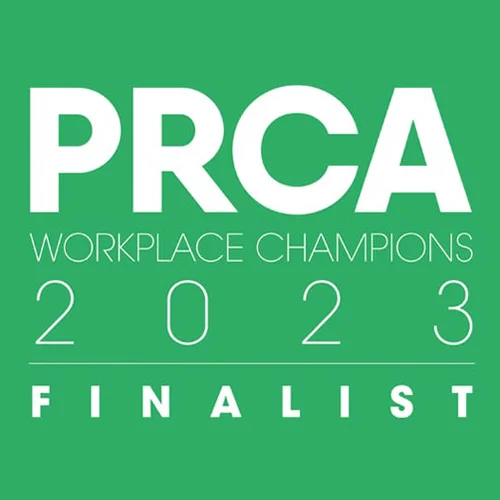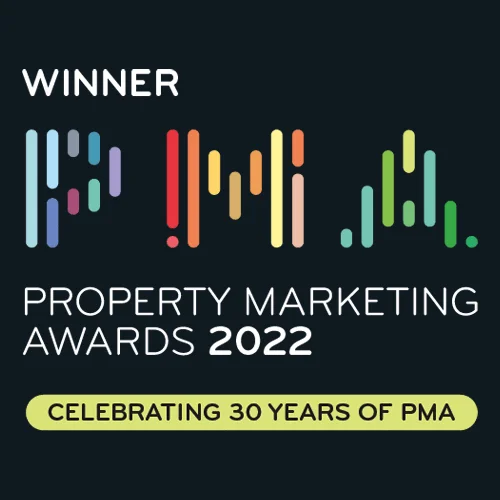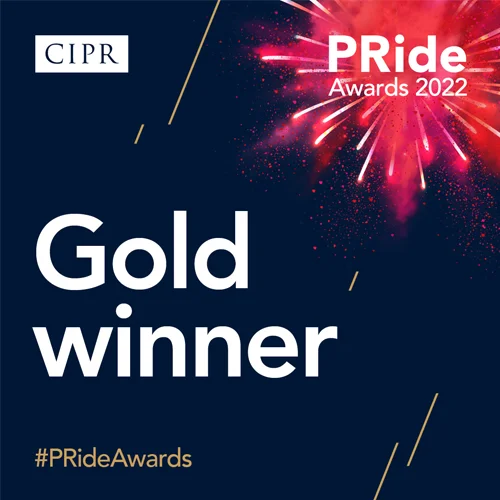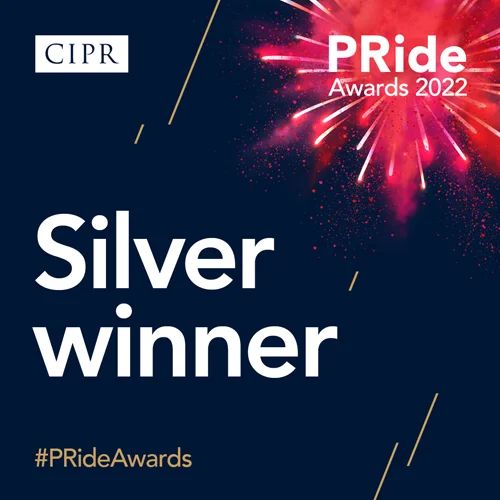Welcome to the second installment of our Q&A series that explores the impact of AI on digital marketing and SEO.
I spoke with Andrew Bruce Smith, founder and MD at Escherman and the chair of the CIPR AI in PR panel. He shared some fascinating insight about how people search, the impact on web traffic and the future role of PR.
How has the rise of AI and LLMs changed the way people search?
It’s easy to assume that platforms like ChatGPT and Perplexity are taking over, but the reality is more nuanced. Google search volume actually increased by 20% year on year in 2024, so it’s far from being dethroned. What has changed is how people are searching: LLMs encourage more natural, conversational questions rather than short keyword phrases.
This shift challenges traditional keyword research tools and means marketers may need to focus more on thematically grouping related queries rather than relying on high-volume keywords. Traditional tools like SEMrush may struggle to adapt, as they’re built for clear keyword volumes rather than analysing thousands of semantically similar long-form queries.
There’s also a lack of insight into how often people use LLMs to search for specific brands, since there’s no equivalent to Google Search Console for ChatGPT.
What impact are AI overviews having on visibility and traffic?
AI overviews are increasingly prominent in Google results, and that’s having a real effect on click-through rates. Even if your site ranks well, the AI overview often gives users enough information that they don’t click through. The rise of zero-click search has been a concern for a while, but this is accelerating the trend.
When an AI overview cites sources, the traffic it drives is minimal and doesn’t make up for the lost organic clicks. Even when citations are included, they’re inconsistent – and there’s no reliable way to know how or why certain sources are chosen. So, while visibility may still be there in some form, actual traffic is down. That has big implications for how we measure SEO success.
Are traditional SEO techniques still relevant?
Absolutely. In fact, AI can be used to supercharge traditional SEO. For example, you can use LLMs to analyse competitor content or assess keyword intent more effectively than some of the older tools.
Understanding user intent has always been central to SEO, and that doesn’t change with LLMs. If anything, these tools offer new ways to refine your strategy. The fundamentals of awareness, consideration and purchase still apply – and focusing solely on transactional searches is rarely effective.
Do B2B and B2C marketers need to take different approaches in light of these changes?
Not really. The funnel is the same: you still need to build awareness and trust before a purchase decision is made. In B2B, especially with high-value products or services, it’s unrealistic to expect someone to convert based on a single search result – no matter how good the content is.
That said, marketers need to be smart about where they put their effort. AI tools can help optimise content for different stages of the funnel, but the strategy remains fundamentally the same.
What about paid search? Will LLMs change the role of advertising?
Paid search is here to stay – and it may become even more essential. If organic visibility becomes harder to achieve, paying for prominence could be the only guaranteed route.
We already know OpenAI is exploring advertising models, and if LLM platforms introduce ads, it will fundamentally change how users experience those tools. But Google’s model has barely changed in 25 years, and paid ads still appear above all else. AI overviews haven’t displaced them, and they’re unlikely to.
In some cases, paid may be the only way to get in front of an audience, particularly as social media becomes increasingly pay-to-play too.
Is PR becoming more important in the world of AI-optimised search?
Yes – and in many ways, it always has had an important role. Research consistently shows that media coverage is the most frequently cited content type in AI-generated summaries, reinforcing its value in digital visibility. In that sense, PR is now a key part of visibility in AI search.
Even before LLMs, studies showed that media outlets often outrank branded content for generic search terms. That hasn’t changed. Getting featured in authoritative titles gives you a better chance of being cited – and showing up in AI summaries – than trying to force your own content to the top.
This “ranking by proxy” strategy – appearing in top-tier media that ranks for your target terms – is often a more effective route to visibility than trying to outgun competitors with your own content. It’s about being smart with your strategy: combining PR and SEO so you’re fighting the battles you can win. If a top-ranking outlet is already dominating a high-competition keyword, it might make more sense to get your brand into their story than try to outrank them.
What should marketers be doing now to stay ahead?
Stay agile. There’s no one-size-fits-all strategy and no way to keep up with every daily update. Marketers are facing a constant balancing act – keeping up with the flood of new AI tools and features without losing focus on what drives results.
Instead, focus on what works for your audience and your brand. Experiment with how AI can augment your existing strategy, rather than trying to replace it. Understand how LLMs choose and cite sources. And be realistic about what you can control. This is a time for testing, learning, and adapting – not for knee-jerk reactions to the latest hype.
Follow our Search Forward campaign
We’ll be publishing Q&A’s every fortnight with invaluable insights from experts in AI, SEO and digital marketing. Follow us on LinkedIn to stay informed when new Q&A’s are published.
You can read previous Q&As in the series here:
We offer search engine optimisation services to help your business be found by the right audiences. If you’d like to find out more, email me at greg@magentaassociates.co.









